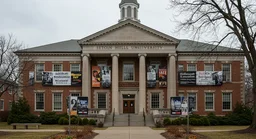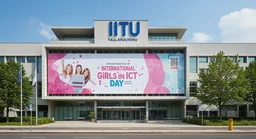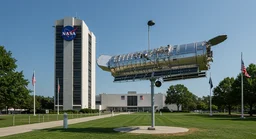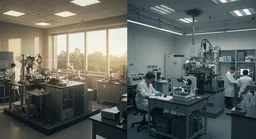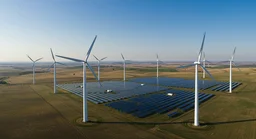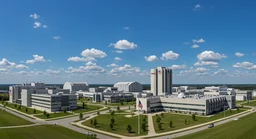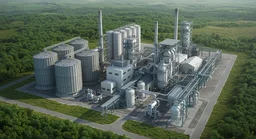Schneider Electric, ETAP, NVIDIA Unveil Digital Twin for AI Factories with Grid to Chip Precision
368 views
Schneider Electric, ETAP, and NVIDIA have joined forces to unveil a groundbreaking digital twin solution tailored for AI factories, harnessing the power of NVIDIA’s Omniverse platform to simulate and optimize power dynamics with unprecedented precision. This collaboration introduces a novel “Grid to Chip” approach, enabling data center operators to model and manage energy demands down to the chip level, promising enhanced efficiency, reliability, and sustainability in the rapidly evolving AI infrastructure landscape.
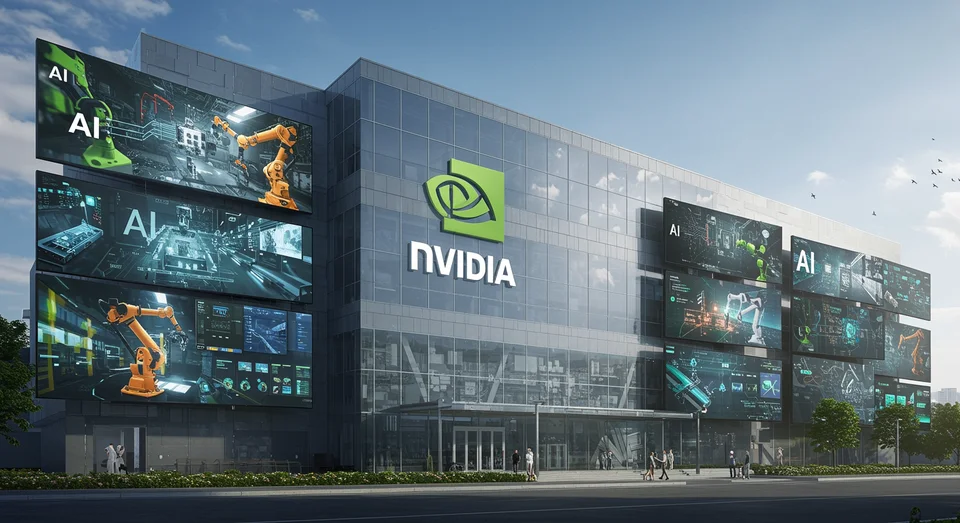
Revolutionizing AI Factories with Digital Twin Precision
In an era defined by the relentless pursuit of technological advancement, the integration of artificial intelligence into industrial operations has emerged as both a challenge and an opportunity. Schneider Electric and ETAP, leaders in energy management and power system modeling respectively, have partnered with NVIDIA to tackle one of the most pressing concerns in AI infrastructure: energy optimization. Their innovative solution leverages NVIDIA Omniverse™, a cutting-edge platform renowned for its ability to create immersive digital simulations, to design and operate AI factories with a level of precision previously unattainable.
Central to this collaboration is the “Grid to Chip” methodology, a concept that reimagines power management by bridging the gap between large-scale energy grids and the intricate demands of individual AI chips. Traditionally, data centers have relied on generalized models to approximate energy needs, often leading to inefficiencies and wasted resources. By incorporating mechanical, thermal, networking, and electrical systems into a unified simulation framework, the digital twin technology provides operators with a comprehensive view of dynamic load behavior at every level of the infrastructure. This granular modeling not only improves power management but also optimizes performance and reduces energy consumption—a critical consideration as AI adoption accelerates globally.
The implications of this technology are profound. AI factories, which serve as the backbone for machine learning and data processing, are notorious for their high energy demands. As industries increasingly rely on AI to drive innovation, data centers must grapple with the dual challenge of scaling operations while minimizing environmental impact. Schneider Electric and ETAP’s digital twin solution offers a transformative path forward, allowing operators to simulate various scenarios, predict energy fluctuations, and implement proactive measures to ensure sustainability and reliability.
Bridging Vision and Reality
While the technical achievements of this partnership are remarkable, its broader significance lies in the potential to reshape the way AI infrastructure is conceived and managed. By integrating advanced simulation capabilities with real-time operational insights, the solution empowers data center operators to make informed decisions that balance performance goals with environmental stewardship. For instance, the ability to model thermal and electrical interactions at the chip level can prevent overheating, reduce wear and tear on equipment, and extend the lifespan of critical components.
Moreover, the collaboration underscores the growing importance of interdisciplinary approaches in tackling complex challenges. The convergence of expertise in energy management, power system modeling, and AI simulation reflects a recognition that no single field can address the multifaceted demands of modern technology. By pooling their resources and knowledge, Schneider Electric, ETAP, and NVIDIA have set a precedent for future partnerships aimed at driving innovation in sustainable infrastructure.
A Blueprint for the Future
As AI factories continue to proliferate, the need for intelligent, adaptive infrastructure solutions will only intensify. The digital twin technology unveiled by Schneider Electric, ETAP, and NVIDIA offers a glimpse into a future where data centers are not merely functional spaces but dynamic ecosystems capable of self-optimization. This vision aligns with broader trends in industry and society, where sustainability is increasingly viewed as a cornerstone of progress rather than a peripheral concern.
Yet, the success of this initiative will depend on its adoption across the sector. While the technology itself is a marvel, its impact will be measured by the willingness of operators to embrace change and invest in forward-thinking solutions. In this sense, the collaboration serves as both a technological breakthrough and a call to action—a reminder that the challenges of the future demand not only innovation but also a shared commitment to building a smarter, greener world.
In the end, the unveiling of this digital twin solution is more than a milestone; it is a testament to the transformative power of collaboration and the boundless possibilities of technology when applied with purpose and ingenuity. As AI factories evolve, so too must the infrastructure that supports them—a challenge that Schneider Electric, ETAP, and NVIDIA have boldly accepted, paving the way for a new era of efficiency, resilience, and sustainability.






